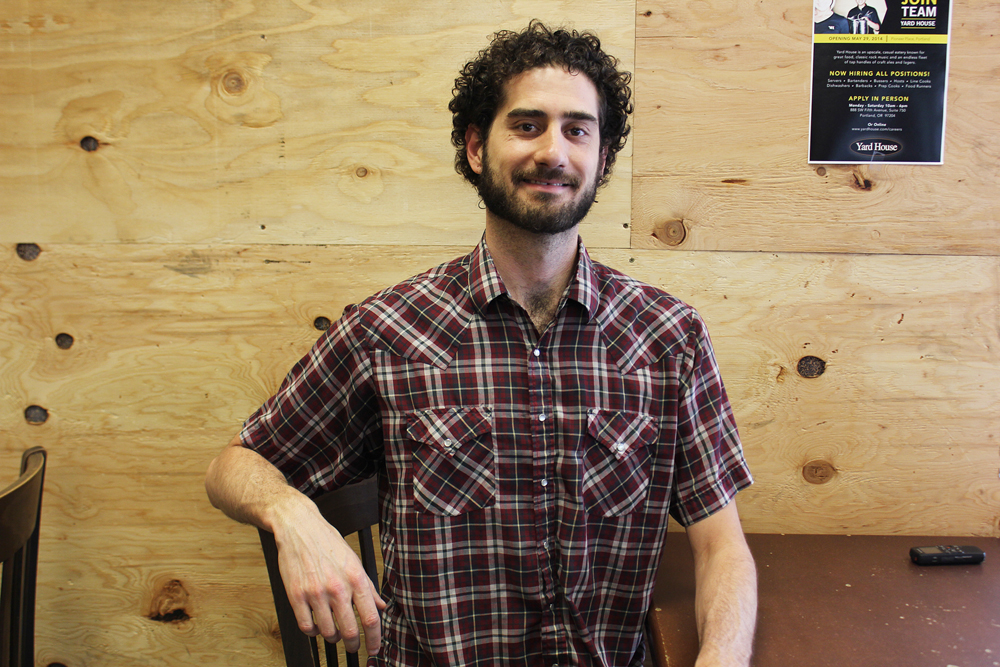A significant milestone has been reached for a Portland State nonprofit partner, the Tatoosh School in Southeast Alaska.
An original fundraising challenge to raise $50,000 was exceeded by raising over $128,000 in direct and in-kind support. The goal is to reach $190,000.
Founded in 2011, the Tatoosh School is a nonprofit, university-level field school with seasonal offices in Portland and classrooms in the towns, oceans and forests of Alaska’s Inside Passage. The school offers three- and six-week courses over the summer where students can earn up to 12 credits—six with an emphasis on natural resource policy and six with a focus on ecology.
Students choose to go to the Tatoosh School for various reasons. When asked about her reason for attending, 2013 program alumna Lidia Johnson said, “I was frustrated with the selection of internships offered for my environmental studies major through the University of Oregon, and when I saw the Tatoosh School’s flier, I knew that the school was exactly what I was looking for.”
“You and everybody else want a job,” said Peter Chaillé, the executive director of the school, regarding college graduates entering the job market. “Young people need marketable skills and experience to launch their careers. This program gives you that in a unique way, unlike anything you can get here on campus.”
Erin Steinkruger, Tatoosh School programs manager, describes the experience as “abroad without being abroad.”
The Tatoosh School’s classroom is the third-largest island in the U.S., known as Prince of Wales Island. Students receive owner-led tours of the largest—and some of the smallest—mills in Alaska, and monitor river restoration projects, among many other activities and lessons. Students are told they can expect to paddle anywhere between 150–200 miles in and around the island, and graduates will be experts in sea kayaking.
Chaillé said the program works with politicians, mill owners and conservationists, and that the school is also looking to leverage its partnerships with various organizations to enhance its students’ experiences. One of these partnerships is with the U.S. Forest Service, which allows students to conduct field research in watershed restoration monitoring on priority watersheds of the Tongass National Forest in Alaska.
“I believe that hands-on learning is the most effective, and seeing and experiencing what we were learning enhanced the academics,” said Louis Lin, an alumnus from the program. “Our learning was beyond the classroom, and our classroom was incredible.”
The school also just received $50,000 to begin their Grow Campaign which, according to a press release, “[is] dedicated to further develop new course offerings, increase scholarship support for students…and to help with the acquisition of a very special piece of property that is being purchased on Prince of Wales Island, in the heart of the School’s course area, to be used as a base-camp for field research expeditions.”
Chaillé said that the campaign “is less about buying property [for the school], and all about building capacity.” In 2013, the Tatoosh School handed out almost $20,000 in scholarships, known as Bridger Scholars, and much of the money goes to keeping costs lower for students.
Other goals of the Grow Campaign include two more short-course programs in 2015, a 2016 launch of spring term programs and support for up to 20 Bridger Scholars in 2014 and 2015.
“I believe it is necessary for the sake of learning to get out into the world and get one’s hands dirty,” Johnson said. “I know classroom work is important, but the Tatoosh School is really what I want my education to be like.”




